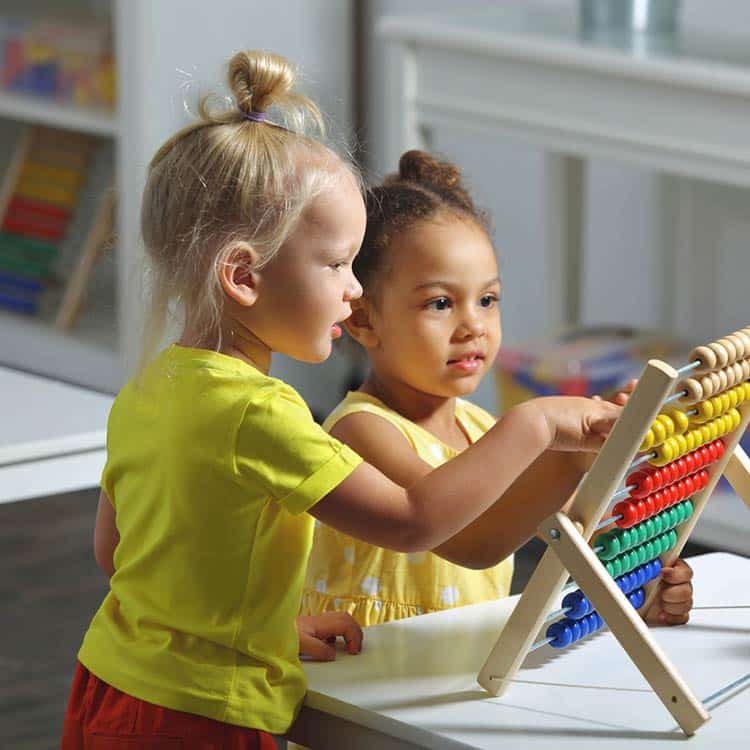Don’t panic! Your friends at KidsStreet Urgent Care are here to help you quickly decide what to do when your child breaks a bone.
One in three healthy children will break a bone during childhood. Fractures, another name for broken bones, are the fourth most common injury in young children.
Most broken bones in kids occur from falling – falling from their bike, playground equipment, or tripping and falling, for example. Car accidents and sports injuries are also common causes of broken bones.
Children’s bones are different from adult bones. In addition to being smaller, your child’s bones are more flexible than your bones. The most important difference is that your child is still growing bone. They have areas at the ends of their bones called growth plates with multiplying cartilage cells that harden into bone as they grow. These growth plates are one of the reasons a child’s broken bone heals faster than an adult’s bone.
The good news is that most broken bones in children heal without complications with a brace, cast, or splint. The trick is choosing the right place to receive care for your little one’s broken bone. Do you:
- Call 911 or go to the nearest emergency room?
- Call the Pediatrician for an appointment?
- Visit an urgent care center?
We’ve got you covered! We’ll help you sort out the best plan of care, but first, let’s talk a little bit about the types of bone breaks your child may have. That’s one key to choosing the best place for treatment.
Types of Broken Bones
There are multiple types of broken bones that your child may incur. For example:
- Avulsion fractures occur when a ligament or tendon pulls off a small piece of the bone.
- Buckle (torus) fractures cause one side of the bone to bend without a break on the other side.
- Comminuted fractures cause the bone to break into three or more parts.
- Compression fractures cause the bone to collapse or be crushed.
- Greenstick fractures are breaks on one side of the bone and a bend on the other side of the bone.
- Growth plate fractures are breaks in the end of bones where the growth plates are located.
- Oblique fractures are bone breaks in a diagonal line across the bone.
- Spiral fractures are bone breaks that twist around the bone.
- Stress fractures are small, often microscopic, cracks in the bone that form over time.
- Transverse fractures are bone breaks in a straight line across the bone.
All of these fractures can also be classified as:
- Compound fractures or open fractures – the broken bone is exposed through the skin.
- Simple fractures or closed fractures – the skin over the broken bone is intact.
And:
- Displaced – the broken ends of the bone are not aligned.
- Nondisplaced – the broken ends of the bone are aligned.
Initial Steps for Broken Bones in Kids
It’s happened. Your kiddo just fell from the slide, and you’re pretty sure their bone is broken. Now what?
The very first step is to take a deep breath. Remember that your little one will feed off your energy, so if you remain calm, it will be easier for them to be calm in this painful and stressful situation.
When to Call 911
You should call 911 immediately if:
- Bone is sticking out through the skin.
- The injury involves your child’s head, neck, or back.
- There is an obvious deformity of the arm or leg bones.
- There is heavy bleeding.
- Your child has numbness or tingling in the affected area.
- Your child passes out or loses consciousness.
While you wait for the ambulance:
- Console your child that help is on the way.
- Apply direct pressure with a towel to any bleeding. Do not remove the pressure; allow the ambulance personnel to assess the site when they arrive.
- Do not give your child anything to eat or drink.
- Do not move the injured limb or try to push the bone back under the skin.
- Support or stabilize the injured area with a pillow or towel to keep it from moving, especially if the neck and back are involved.
When to Visit Urgent Care
What broken bones can urgent care treat? The short answer is just about anything not listed under the indications to call 911 above.
Urgent care centers can treat broken bones in the fingers, hands, toes, feet, ankles, and wrists and nondisplaced (no obvious deformity) broken bones in the arms and legs.
Urgent care centers, like KidsStreet Urgent Care, can perform on-site digital X-rays to determine if your child has a broken bone and what kind of bone break your child has. They can also stabilize the injured area with a brace or splint, provide pain relieving medication, and refer you and your child to a pediatric orthopedic specialist to follow up and ensure the bone heals properly.
Visiting an urgent care center often has shorter wait times than emergency departments, so your little one can feel better faster. Urgent care centers are usually more affordable than emergency room visits with lower copays.

Turn to KidsStreet Urgent Care
Concerned your child may have a broken bone? KidsStreet Urgent Care is here to help your kiddo heal and feel better fast!
Register online to visit one of our kid-focused clinics. You and your kiddo can conveniently wait at home or in your vehicle. We’ll text you when it’s time to head to the clinic.
KidsStreet loves walk-ins and welcomes them every day! However, we recommend registering online before your visit to reduce your in-clinic wait time. Walk-ins join the same queue as those who register online.
